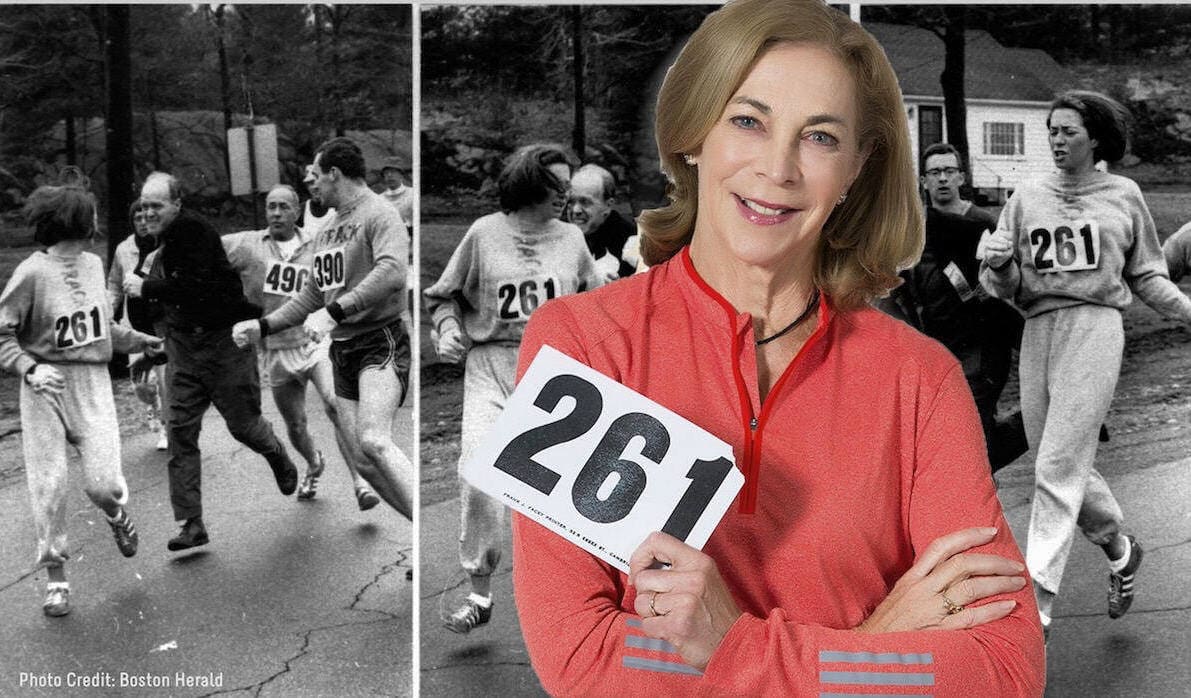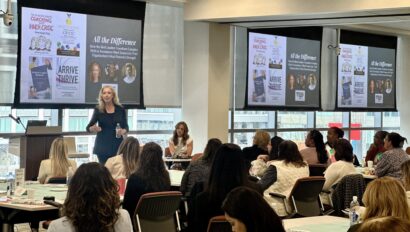Research & Insights

Breaking barriers
Inspired by Patriot’s Day, a Massachusetts state holiday that normally coincides with the Boston Marathon, I want to share my favorite story about allyship. This is the story of Kathrine Switzer, who in 1967 became the first woman to officially run the Boston Marathon. She signed up for the marathon as K. V. Switzer, and she ran with her coach and her football player boyfriend (“Big Tom”). When an enraged race official tried to pull her out of the race, first her coach and then her boyfriend stepped in to allow her to keep running.
Allyship in action
On the surface, this is a great example of our definition of allyship – using a position of power and/or privilege to actively support and advocate for women and members of other underrepresented groups. Switzer didn’t need help running the race; she was fully capable and well-trained. What she needed was for her allies to remove obstacles so that she could finish. When one of the senior executives in a “Men as Allies for Gender Equity” program shared this story, I loved it. It inspired me to learn more about the race and what happened. What I found out made me love this example even more, but not for the reasons you might think.
Not a savior, not a hero
”I was dazed and confused,” Switzer says in her own account. “I’d never been up close to physical violence; the power was terrifying and I was shocked at how helpless I, as a strong woman, felt against it…I was not grateful for the “save.” I felt sick at heart, it was awful; it had gone too far, I wished Tom was not there, I wished I was not there.”
Switzer’s words show the perils of acting without understanding the needs and desires of the person that you want to support. I imagine that Tom saw himself as the hero; he probably would have been shocked if he had known what was going through Switzer’s mind. But his well-intentioned actions had the opposite effect.
Be a success partner
So what does this mean if you want to act as an ally, or to use Minda Hartz’s language, a “success partner”? Our model of The Work of the Inclusive Leader(™) provides a roadmap that begins with learning about your own biases and historic systems of privilege and oppression before partnering for success. Our forthcoming Inclusive Leader’s Playbook has more information as well as suggested actions. Here’s something you can try this week: in your meetings, pay attention to who is interrupted, and create space for them to finish their thoughts and get credit for their ideas.
Want to learn more? Here are some additional inclusive leadership resources to check out:
- The Work of the Inclusive Leader
- Good Guys: How Men Can Be Better Allies for Women in the Workplace By David G. Smith and W. Brad Johnson
- Being a Success Partner at Work: Interview with Minda Harts By Kali Shulklapper




